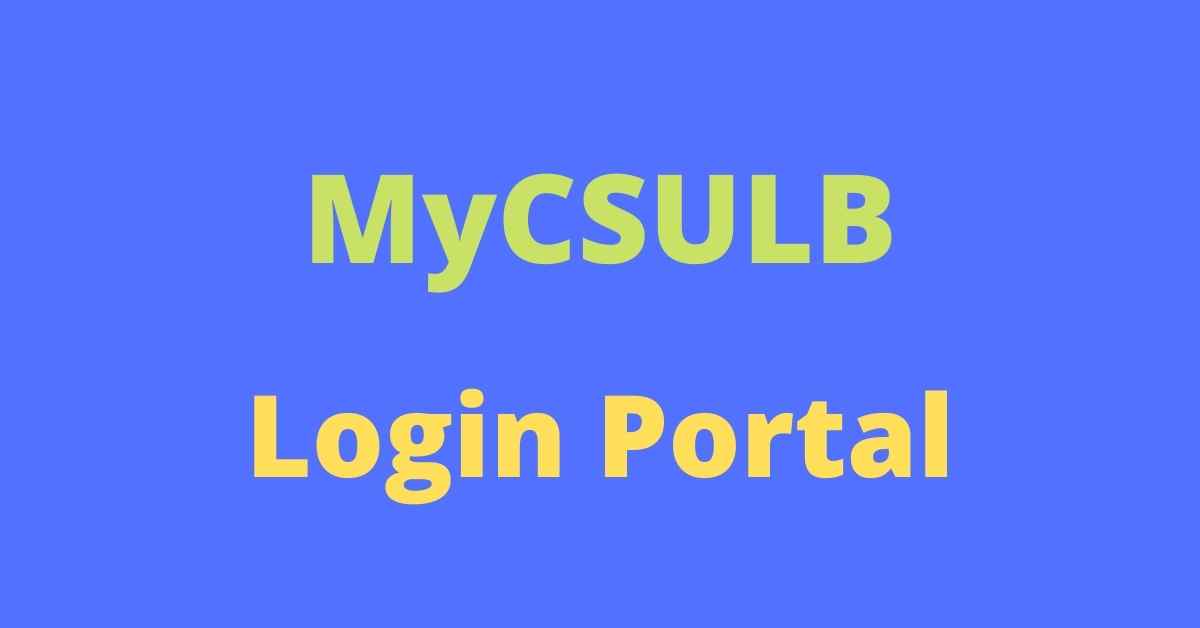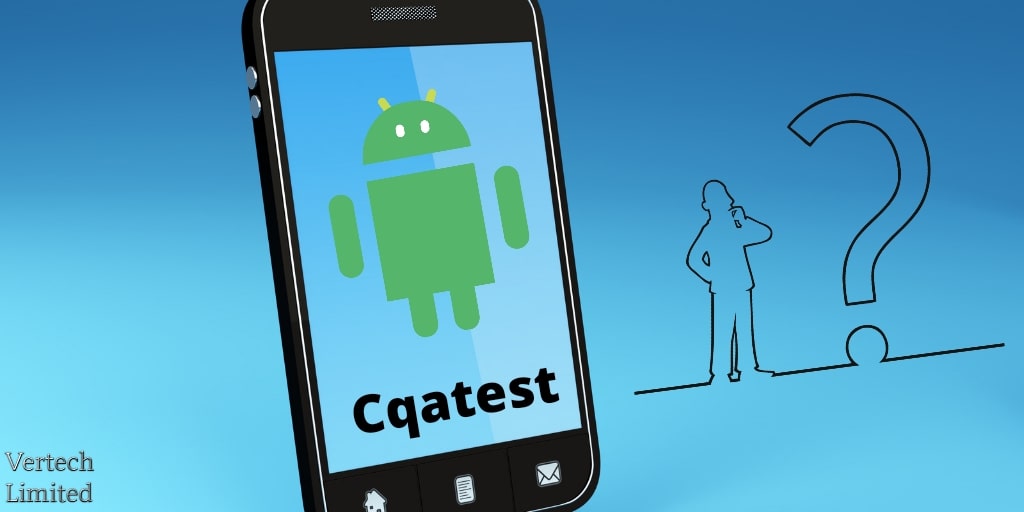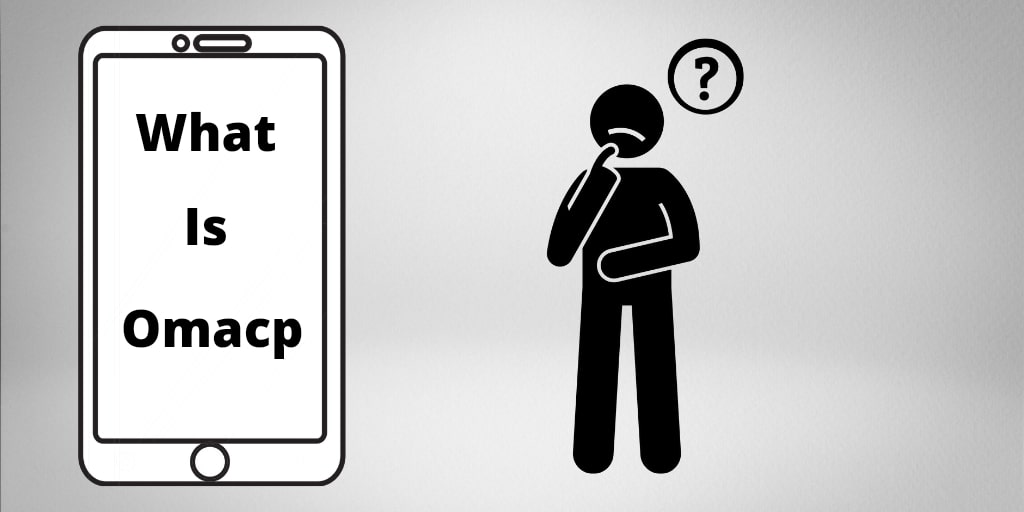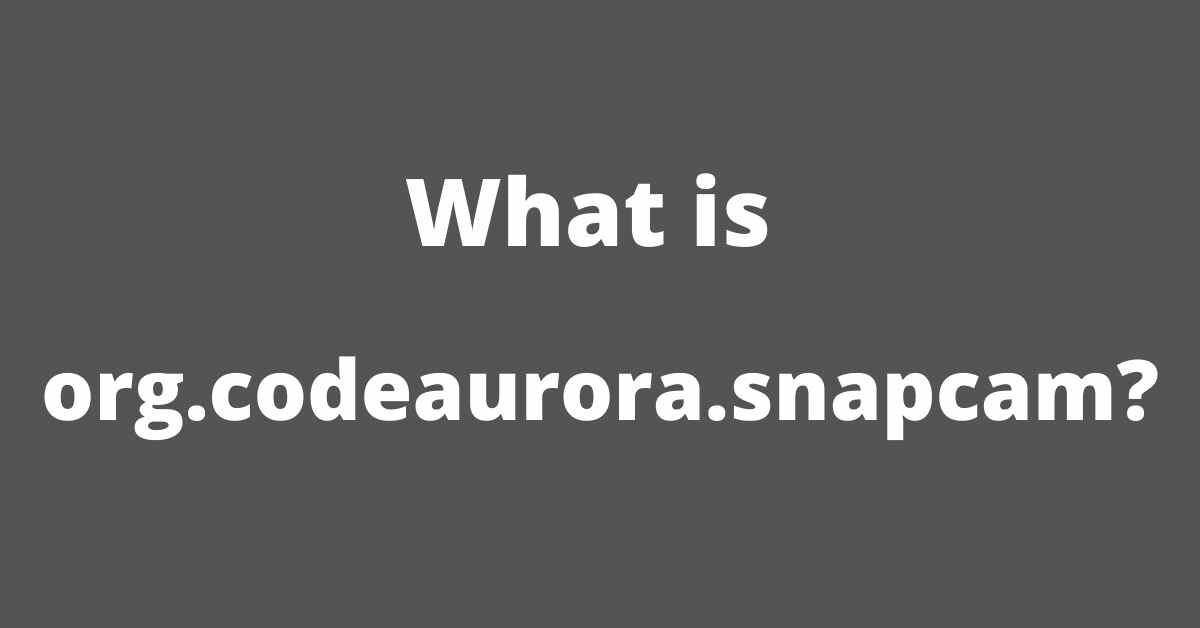Software
RFP Response Software: Crafting Winning Proposals With Ease

RFP response software has become an essential tool for organizations seeking to streamline their proposal process and increase their chances of success. With automated formatting and organization, access to pre-existing content libraries, and collaboration features with version control, this software enhances the quality and efficiency of proposals. This article explores the benefits of RFP response software in crafting winning proposals with ease, providing a persuasive argument for its adoption in today’s competitive business landscape.
Streamlining the Proposal Process
The proposal process can be streamlined through the use of software that automates tasks and provides templates for a more efficient and standardized approach. Proposal tracking is an essential aspect of this software, allowing users to keep track of the various stages of the proposal process, from creation to submission. By utilizing performance metrics, such as response time and win rate, teams can evaluate their effectiveness and identify areas for improvement.
This software also enables collaboration among team members by providing a centralized platform for document sharing and communication. Moreover, it ensures consistency in formatting and content by offering pre-designed templates that adhere to industry standards. Overall, by implementing proposal response software, organizations can enhance productivity, reduce manual errors, and increase the chances of crafting winning proposals.
Automated Formatting and Organization
Automated formatting and organization streamline the process of structuring and arranging content in a manner that enhances efficiency and clarity. Time-saving automation plays a crucial role in this aspect, as it eliminates the need for manual formatting tasks. With the help of advanced software, proposals can be formatted automatically according to predefined templates, saving considerable time and effort. This ensures consistency in document structure, as all proposals adhere to the same formatting guidelines.
Additionally, automated organization tools enable easy navigation through lengthy documents by providing a table of contents, headings, and subheadings. This not only improves readability but also allows readers to quickly locate specific sections or information within the proposal. Overall, automated formatting and organization significantly enhance the proposal creation process by saving time and ensuring a consistent structure throughout the document.
Access to Pre-Existing Content Libraries
Access to pre-existing content libraries simplifies the process of proposal creation by providing a wide range of vetted and standardized materials that can be utilized to effectively communicate key information and meet specific requirements. Content curation is an essential aspect of proposal writing, as it involves selecting, organizing, and coherently presenting relevant information. By accessing a content repository, users can easily search for and access pre-approved content that has been proven effective in previous proposals. This not only saves time but also ensures consistency across different proposals.
Moreover, having access to pre-existing content libraries allows organizations to leverage their collective knowledge and expertise, enabling them to present their capabilities and past successes more convincingly. Overall, the availability of these libraries significantly streamlines the proposal development process while enhancing its quality and professionalism.
Collaboration and Version Control
Collaboration and version control plays a crucial role in streamlining the proposal development process and ensuring seamless coordination among team members. With real-time editing capabilities, team members can work together simultaneously on the same document, allowing for efficient collaboration and minimizing delays caused by manual merging of changes. This not only saves time but also reduces the chances of errors that can occur when multiple versions of a document are being worked on independently.
Additionally, document tracking features enable users to keep track of changes made by different contributors, providing transparency and accountability throughout the proposal development process. By implementing robust collaboration and version control functionalities, RFP response software enhances teamwork efficiency, improves communication among team members, and ultimately increases the chances of crafting winning proposals.
Enhancing Proposal Quality and Efficiency
One key aspect to consider when striving to enhance proposal quality and efficiency is the implementation of effective document management tools. Proposal optimization is a crucial factor in ensuring that proposals are of high quality and meet the specific requirements of the request for proposal (RFP). By utilizing document management tools, organizations can streamline their proposal creation process, enabling them to easily access templates, past proposals, and relevant content. This not only saves time but also ensures consistency across different proposals.
Additionally, these tools enable collaboration among team members by providing version control features that allow multiple users to work on the same document simultaneously. Through the use of such time-saving strategies, organizations can improve their overall proposal quality while increasing efficiency in their response process.
-
Blog1 year ago
MyCSULB: Login to CSULB Student and Employee Portal – MyCSULB 2023
-
Android App3 years ago
Cqatest App What is It
-
Android1 year ago
What Is content://com.android.browser.home/ All About in 2023? Set Up content com android browser home
-
Software2 years ago
A Guide For Better Cybersecurity & Data Protection For Your Devices
-
Latest News2 years ago
Soap2day Similar Sites And Alternatives To Watch Free Movies
-
Android2 years ago
What is OMACP And How To Remove It? Easy Guide OMACP 2022
-
Android3 years ago
What is org.codeaurora.snapcam?
-
Business2 years ago
Know Your Business (KYB) Process – Critical Component For Partnerships





















